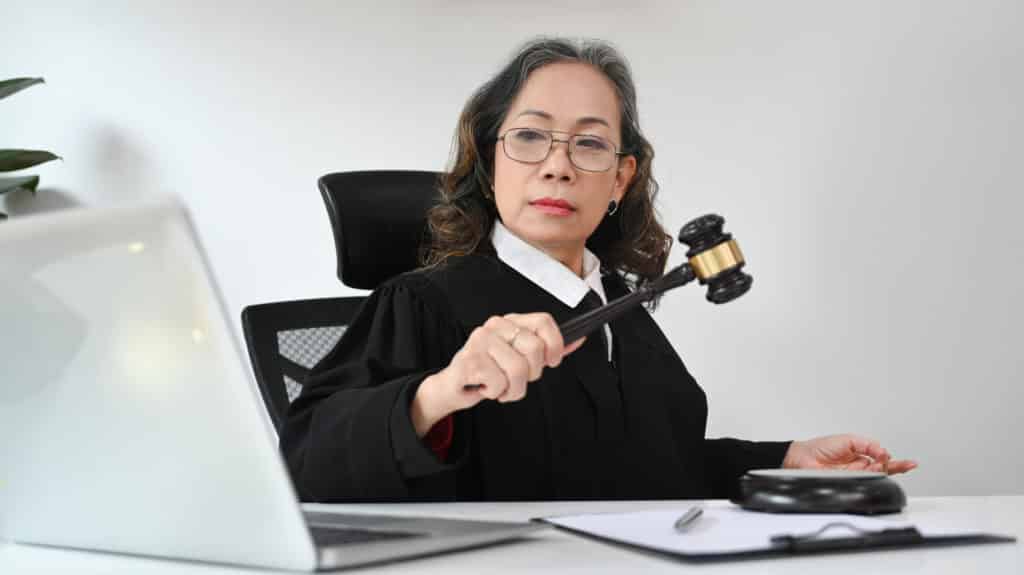Why Lawful Videography Is Necessary for Accurate Legal Record-Keeping
In the realm of lawful process, the accuracy of record-keeping is critical, and lawful videography arises as an essential device in this context. By capturing the subtleties of verbal and non-verbal interaction, it significantly lowers the capacity for misinterpretation that can go along with traditional written records. The preservation of genuine visual proof not just improves the integrity of statements but additionally adds to a thorough account of occasions. As we discover the diverse benefits of lawful videography, one need to consider its ramifications for the future of judicial integrity and openness.
Value of Visual Evidence
Establishing the significance of visual evidence in legal process is extremely important for ensuring exact record-keeping and enhancing the total stability of the judicial procedure. Visual evidence functions as a crucial tool in documenting occasions, conditions, and various other significant details that may be necessary to an instance. Unlike written accounts, which are prone to interpretation and predisposition, visual recordings give a purpose, unalterable depiction of realities as they took place.
This kind of evidence can capture a variety of components, consisting of witness habits, environmental context, and physical proof, all of which may affect judicial end results. By providing a clear and extensive visual story, lawful videography gets rid of ambiguity and aids to maintain the authenticity of the evidence.
In addition, aesthetic evidence can be important in decreasing disputes over valid inconsistencies, as it enables a direct contrast against testament and various other documented documents. In an age where digital technology is progressively widespread, the ability to existing visual evidence efficiently can dramatically improve the overall top quality of legal process. Eventually, the incorporation of aesthetic evidence not just bolsters the paperwork process however also enhances public count on in the judicial system by advertising transparency and liability.
Enhancing Testimony Reliability
The assimilation of legal videography into court room procedures dramatically enhances the reputation of witness testimony. By recording the nuances of verbal and non-verbal interaction, video clip recordings offer an even more detailed representation of a witness's temperament, emotions, and dependability. This aesthetic documentation allows jurors to observe the witness's body movement, face expressions, and overall presence, which are vital parts that can affect their perception of statement credibility.

Additionally, the presence of video footage can deter witnesses from offering deceptive or overstated statements, as they are conscious that their testament is being taped. This responsibility reinforces the honesty of the judicial procedure. Ultimately, legal videography acts as an essential tool in ensuring that witness testament is not only accurately shown however also watched with increased trustworthiness by all parties entailed.
Comprehensive Record Conservation
Comprehensive record conservation is necessary for maintaining the honesty of legal process. Legal videography offers as a vital tool in this procedure, offering an exact visual and acoustic account of testimonies, depositions, and various other turning points in a situation. Unlike traditional written records, video recordings catch the nuances of body movement, tone, and emotion, which are essential for understanding the context and visit their website intent behind declarations made during legal process.
Incorporating audiovisual aspects right into record-keeping enhances the preservation of proof, ensuring that it stays undamaged and accessible throughout the legal process. This is specifically important in situations where the integrity of witness declarations may be challenged, as visual recordings can confirm claims and offer clearness. In addition, video clip records can be vital throughout appeals or retrials, providing an unaltered depiction of the initial testament.

Moreover, the capacity to assess video evidence allows lawyers to determine vital information that might have been forgotten in written documents. By maintaining an extensive archive of lawful proceedings with videography, law office can promote the highest possible criteria of precision and responsibility, eventually adding to a fairer judicial process.
Improving Legal Proceedings
Simplifying lawful process is necessary for improving effectiveness and decreasing delays within the judicial system. Lawful videography acts as an essential tool in achieving this objective by giving clear and precise visual documentation of court hearings, depositions, and testaments - legal videography. This innovation enables for real-time recording, guaranteeing that all verbal and non-verbal signs are caught, which can help with quicker resolution of disputes
The assimilation of this videography into lawful procedures reduces dependence on standard methods, such as extensive records, which can be time-consuming to generate and assess. By having actually access to videotaped video footage, attorneys can quickly reference essential minutes, improving important site their capacity to prepare and present instances successfully. This immediacy also assists in the clearing up of testimonies, lowering the capacity for misinterpretation.

Admissibility in Court
Accurate documents is important not only for efficiency however likewise for making certain that proof is admissible in court. Lawful videography serves as an important device in this process, supplying a trustworthy visual document of statements, declarations, and events. Courts usually need evidence to satisfy details standards of admissibility, including relevance, authenticity, and integrity. High-quality video clip recordings can meet these requirements by recording clear sound and aesthetic information that written records may neglect.
To be regarded acceptable, legal videography has to adhere to recognized protocols, such as correct devices use, proper lights, and clear audio capture. Additionally, it is necessary to have certified videographers who understand the legal requirements surrounding proof collection. legal videography. The chain of custody should additionally be kept to stop any kind of claims of meddling or alteration
In addition, legal videography can boost the persuasiveness of proof by supplying jurors with a direct sight of the testament, permitting an extra involved understanding of the situation. In summary, the integration of lawful videography into record-keeping not only supports efficiency however additionally reinforces the integrity and admissibility of evidence in court process.
Final Thought
To conclude, lawful videography plays a pivotal duty in making certain precise legal record-keeping by providing objective aesthetic documentation. This method improves the trustworthiness of testaments, protects extensive records, and streamlines lawful process. In addition, the admissibility of high-grade video clip evidence in court more highlights its value. Eventually, the consolidation of lawful videography into the judicial process promotes openness and boosts public count on the honesty of the legal system.